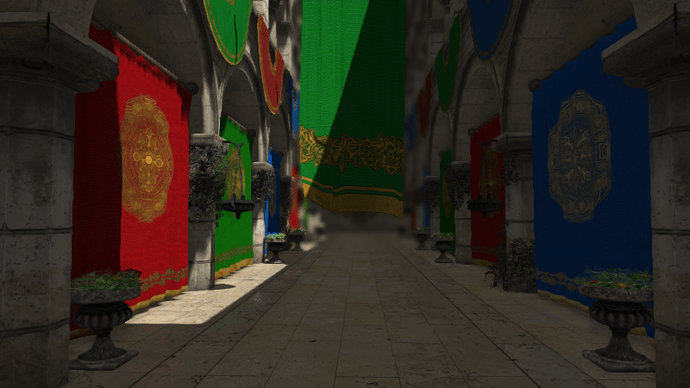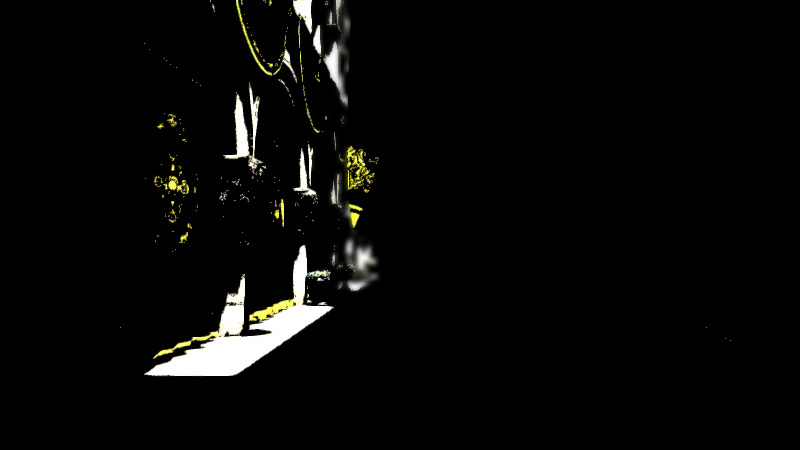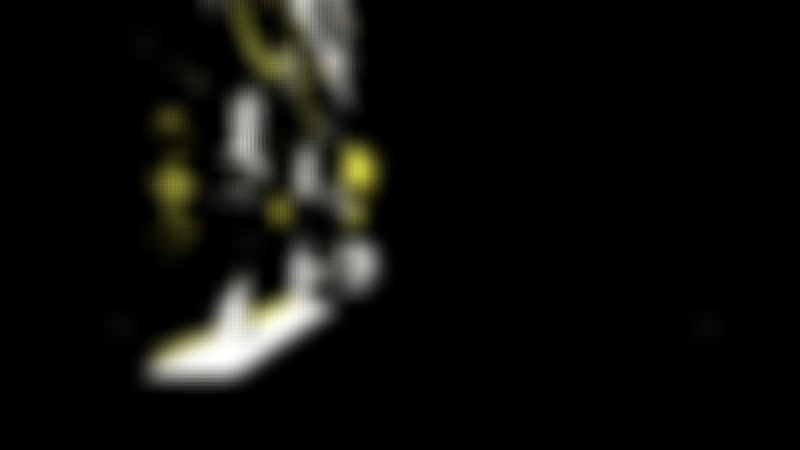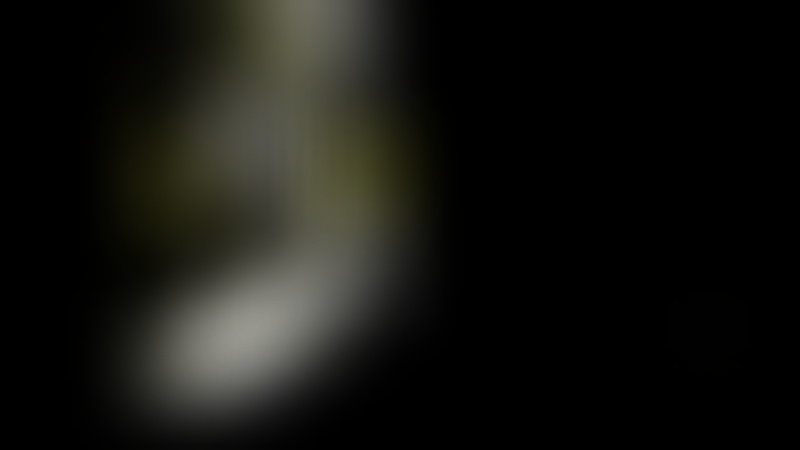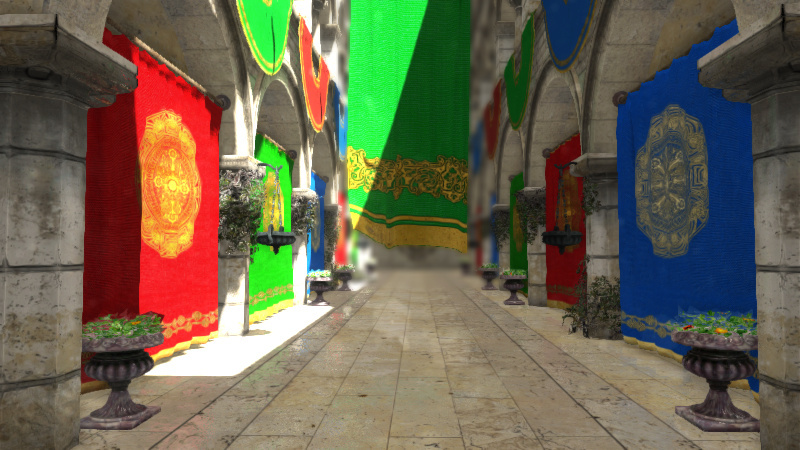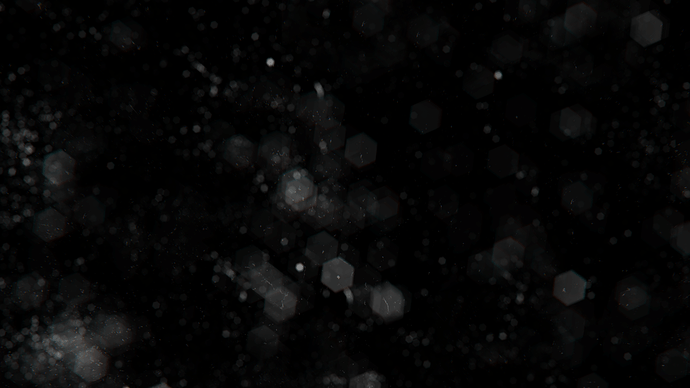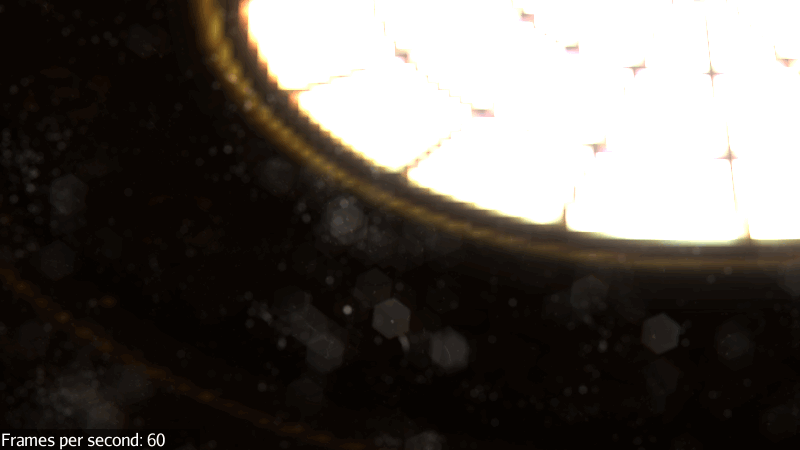1. Gets the average color of the current screen.
Step 1: downsample source image to quarter (for example 1280x720 → 320x180):
postRenderPasses = new ArrayList<Pass>();
final Material lumMat = new Material(manager, "Shaders/HDR/Lum.j3md");
lumMat.setVector2("Resolution", new Vector2f(screenWidth / 4, screenHeight / 4));
lumPass = new Pass() {
@Override
public boolean requiresSceneAsTexture()
{
return true;
}
};
lumPass.init(renderManager.getRenderer(), screenWidth / 4, screenHeight / 4, Format.RGBA8,
Format.Depth, 1, lumMat);
postRenderPasses.add(lumPass);
In Lum.frag, I calculate the average color lick this:
uniform sampler2D m_Texture; //color
uniform vec2 m_Resolution;
varying vec2 texCoord;
void main() {
vec4 color = vec4(0.);
vec2 fragCoord = floor(texCoord * m_Resolution);
for (float i = 0.; i < 4.; i++) {
for (float j = 0.; j < 4.; j++) {
color += texture2D(m_Texture, (fragCoord + vec2(i, j)) / m_Resolution);
}
}
color /= 16.;
gl_FragColor = color;
}
Preview:
Convert from:
To:
Step 2: downsample to until to 1x1 (for example 320x180 → 64x64 → 16x16 → 4x4 → 1x1):
tex64 = lum(manager, lumPass.getRenderedTexture(), 64);
tex16 = lum(manager, tex64, 16);
tex4 = lum(manager, tex16, 4);
tex1 = lum(manager, tex4, 1);
The lum method:
private Texture2D lum(AssetManager manager, final Texture texture, float width)
{
final Material lumMat = new Material(manager, "Shaders/HDR/Lum.j3md");
lumMat.getAdditionalRenderState().setWireframe(true);
lumMat.setVector2("Resolution", Vector2f.UNIT_XY.mult(width));
Pass lumPass = new Pass() {
@Override
public void beforeRender()
{
lumMat.setTexture("Texture", texture);
}
};
lumPass.init(renderManager.getRenderer(), screenWidth, screenHeight, Format.RGBA8, Format.Depth,
1, lumMat);
postRenderPasses.add(lumPass);
return lumPass.getRenderedTexture();
}
The "tex1 " is the average color we want.
2. Delay time in HDR, delay the average color
Seem like eye pupil accommodation, the HDR effect has a delay time. So I add deferred passes.
The whiteBuf is a first texture, it’s necessary.
whiteBuf = manager.loadTexture("Textures/whiteBuffer.png");
final Material deferredMat1 = new Material(manager, "Shaders/HDR/DeferredLum.j3md");
Pass deferredPass1 = new Pass() {
private int count;
@Override
public void beforeRender()
{
super.beforeRender();
if (count == 0)
{
deferredMat1.setTexture("LastTexture", whiteBuf);
} else
{
deferredMat1.setTexture("LastTexture", deferredPass2.getRenderedTexture());
}
count++;
}
};
deferredMat1.setTexture("LumTex", tex1);
deferredPass1.init(renderManager.getRenderer(), 1, 1, Format.RGBA8, Format.Depth, 1,
deferredMat1);
postRenderPasses.add(deferredPass1);
Material deferredMat2 = new Material(manager, "Shaders/Common/DeferredBuffer.j3md");
deferredPass2 = new Pass();
deferredMat2.setTexture("LastTexture", deferredPass1.getRenderedTexture());
deferredPass2.init(renderManager.getRenderer(), 1, 1, Format.RGBA8, Format.Depth, 1,
deferredMat2);
postRenderPasses.add(deferredPass2);
In DeferredLum.frag, I interpolate the color like this:
(0.03 is just a data I use, it affect the delay time)
uniform sampler2D m_LumTex;
uniform sampler2D m_LastTexture;
void main() {
vec2 tc = vec2(0.);
vec4 last = texture2D(m_LastTexture, tc);
vec4 now = texture2D(m_LumTex, tc);
gl_FragColor = mix(last, now, 0.03);
}
So we can get the delayed color by deferredPass2.getRenderedTexture().
3. Tone map
After get the delayed color, we use the color to change the tone map.
I use official “Common/MatDefs/Hdr/ToneMap.j3md” and change any frag code.
final Material toneMapMat = new Material(manager, "Shaders/HDR/ToneMap.j3md");
final Pass toneMapPass = new Pass() {
@Override
public boolean requiresSceneAsTexture()
{
return true;
}
};
toneMapMat.setTexture("LumTex", deferredPass2.getRenderedTexture());
toneMapPass.init(renderManager.getRenderer(), screenWidth, screenHeight, Format.RGBA8,
Format.Depth, 1, toneMapMat);
postRenderPasses.add(toneMapPass);
In ToneMap.frag, I use average color to change whitepoint.
void main() {
vec4 color = texture2D(m_Texture, texCoord);
if (color.a <= 0.) {
gl_FragColor = color;
return;
}
vec4 lumColor = texture2D(m_LumTex, vec2(0.));
float gray = clamp(0.27 * lumColor.r + 0.67 * lumColor.g + 0.06 * lumColor.b, 0.1, 1.);
vec3 toneMapped = ToneMap_Filmic(color.rgb, vec3(gray * 2.0));
vec4 finalColor = vec4(toneMapped, color.a);
gl_FragColor = finalColor;
}
4. Cut the dark pixeles.
final Material cutMat = new Material(manager, "Shaders/HDR/CutLum.j3md");
Pass cutPass = new Pass() {
@Override
public void beforeRender()
{
cutMat.setTexture("Texture", toneMapPass.getRenderedTexture());
}
};
cutPass.init(renderManager.getRenderer(), screenWidth, screenHeight, Format.RGBA8, Format.Depth,
1, cutMat);
postRenderPasses.add(cutPass);
Preview:
5. Blur several times
I use expand, hGaussianBlur ,vGaussianBlur three passes to blur one time.
private Texture2D gaussianBlur(AssetManager manager, final Texture texture, final float downSample,
final float blurScale, Format format)
{
final Material expandMat = new Material(manager, "Shaders/HDR/Expand.j3md");
final Pass expandPass = new Pass() {
@Override
public void beforeRender()
{
expandMat.setTexture("Texture", texture);
}
};
expandPass.init(renderManager.getRenderer(), (int) (screenWidth / downSample),
(int) (screenHeight / downSample), format, Format.Depth, 1, expandMat);
postRenderPasses.add(expandPass);
Texture2D hblur = hGaussianBlur(manager, expandPass.getRenderedTexture(), downSample, blurScale,
format);
Texture2D vblur = vGaussianBlur(manager, hblur, downSample, blurScale, format);
return vblur;
}
-
Expand is to expand bright area use max method.
void main() { vec4 expand = texture2D(m_Texture, texCoord); expand = max(expand, texture2D(m_Texture, vec2(gl_FragCoord.x - 1., gl_FragCoord.y) / g_Resolution)); expand = max(expand, texture2D(m_Texture, vec2(gl_FragCoord.x + 1., gl_FragCoord.y) / g_Resolution)); expand = max(expand, texture2D(m_Texture, vec2(gl_FragCoord.x, gl_FragCoord.y - 1.) / g_Resolution)); expand = max(expand, texture2D(m_Texture, vec2(gl_FragCoord.x, gl_FragCoord.y + 1.) / g_Resolution)); gl_FragColor = expand; }
